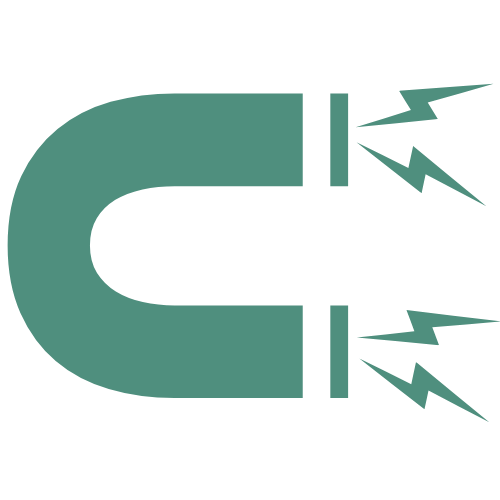As you work hard to send out your resume and do your job search diligence, at some point you may be wondering why you’re not getting job offers. After all, you need to get at least one job offer to get your dream job.
A couple of weeks ago we talked about creating a sustainable job search: Job Search Got You Down? Here’s a Job Search Plan to get your groove back and get hired at a job you love. I’m going to build on that plan today. And, as usual, there’s lots of juicy bits in the video that I didn’t capture in the notes.
Remember SMART goals? SMART is an acronym to help you get clear on goal setting. It stands for Specific, Measurable, Achievable, Relevant, and Time Bound.
Today, let’s focus on the M for Measurable as it relates to your job search and getting offers. Yay, metrics! I want you to look at your job search through the cool, dispassionate lens of the numbers, just for now.
Track three simple numbers.
How many applications, interviews, and job offers?
These are the three most important metrics, because they offer so much insight into why you’re not getting hired.
First, track how many applications you submitted.
This could mean posted job openings, through job boards and LinkedIn. I want you to track exactly how many jobs you’ve applied to. Count each position you’ve applied to through a posted job opening, from job boards like Indeed.com or LinkedIn.
You can also count each time you’ve applied through the hidden job world, by using your networking skills to conduct informational interviews that lead to your learning about a job opening and submitting your resume and candidacy.
Next, track how many interview invitations you received.
You get credit for every different company you interview with. It’s a good idea to track your follow-up interviews within those companies, as well, but for now, for this metric, let’s just count each company you’ve interviewed with.
And third, how many job offers did you get?
Doesn’t matter if you wanted the job or not, track the number of offers.
Now, let’s look at conversion rates.
Before we dive into conversion rates, I want to mention that I used big round numbers for this example. Your conversion numbers will be higher, and, if you’re targeting appropriately, you likely won’t need to apply to nearly as many positions.
We’ll use your conversion rates to figure out what part of your job search process needs attention.
Minimum baseline example: 100 applications should yield 10 interviews. 10 interviews should yield 1 offer.
Let’s look at some possible scenarios. If your numbers look like:
- 100 applications, 5 interviews, 0 offers. You’ve got a resume problem. Focus on upgrading your resume to showcase the skills your target employers prioritize.
- 100 applications, 40 interviews, 0 offers. Your resume is doing great! But your interview needs some attention. Focus on your interview skills and how to follow up after an interview.
- 200 applications, 2 interviews, 0 offers. You might be spamming, applying willy-nilly to any open job. Focus on your job search strategy and figure out what job you really want to target next.
- Long search, 5 applications, 1 interview, 1 offer. There’s likely an issue or uncertainty with your career vision. First, get clear on your vision, then work on your strategy and job search.
Now, I’ll tell it to you straight. Rainmaker clients are getting much higher conversions than 10%. Like, up to 100%, for some clients. This is because I guide them through my process and I help them focus on the metrics.
If you’re not yet paying attention to your metrics, take a few minutes to figure out your numbers. It will help you see why you’re not getting job offers. And if you need help with your resume, getting clear on what job to target next, or need support with your interview skills, click here to learn more about how I can help.


